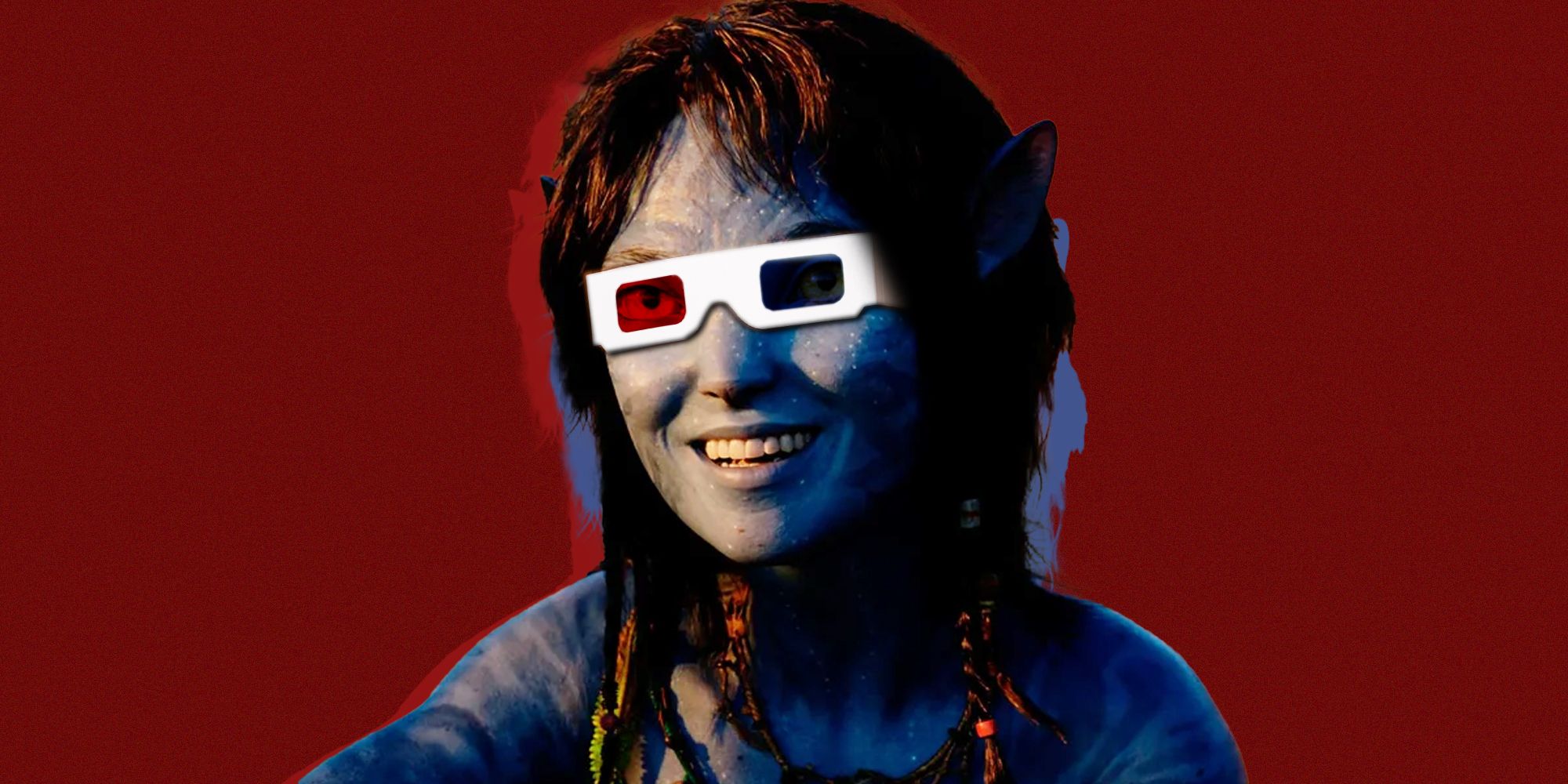I am not a 3D movie simp, if such a thing even exists. I’ve probably only seen one or two 3D movies in all the years since the first Avatar came out, and I was surprised to discover recently that theaters were even offering them. The problem is that movies are almost never shot in 3D, they’re converted in post, meaning the filmmakers made no intention of incorporating 3D into the movie. Avatar proved how valuable 3D can be as a tool for immersive storytelling, but almost every 3D movie since then has used the tech solely as a means of upcharging for the ticket.
Not only is the 3D tacked on and low quality, but the glasses are uncomfortable, they make the screen look dark which causes eye strain, and they often give people headaches. Animated movies are the only thing keeping 3D alive because they’re cheap to convert and kids like them, other than that, your premium formats like Dolby and IMAX are always going to be better than 3D.
The only time you’ll hear me advocate for 3D is when a new Avatar movie comes out - something I’m hoping is going to happen frequently over the next decade. Like its predecessor, Avatar: The Way of Water was conceived as a 3D experience, shot with 3D cameras, and edited specifically to be seen in 3D. This is what 3D is supposed to look like, and if the film is as successful as everyone predicts it will be, may lead to a new resurgence of actual 3D movies. If you are able to see 3D movies, I highly encourage you to see Avatar as it was meant to be seen.
But 3D has, for all the reasons I described, left a bad taste in everyone’s… eyes. No one is excited for three hours of dark images, headaches, eyestrain, nausea, that weird distorted thing that happens when you tilt your head, or leaving the theater with dents on your nose. Many are likely seeking out 2D screenings of The Way of Water, and while I can only imagine you’ll still have a great experience, I want to urge you to give 3D another shot. A lot has changed over the years, and 3D has gotten so much better.
There’s a ton of different cinema formats depending on the types of theaters in your area, but for simplicity sake, we’ll boil it down to three: RealD 3D, IMAX 3D, and Dolby 3D.
RealD 3D is the traditional 3D you’re used to going all the way back to Chicken Little in 2005. RealD 3D is the most widely available format since most standard format screens can show it. It uses those hinged plastic glasses with the dark tinted polarized lens. This should be a last resort if the other options aren’t available, but it’s still going to be better than 2D.
IMAX 3D is going to be many people’s preferred format for its larger screen size. It also uses polarized lenses, but the technology is slightly different. The key factor is laser projection, which creates a bright image to compensate for the dark glasses. The problem with IMAX is that not all IMAX screens are created equal. First you need to find an IMAX with Laser, then you specifically need the single laser version. Typically, dual laser would be better, but for Avatar specifically, you want the single laser IMAX because it can achieve Avatar’s special high frame rate at 4K rather than 2K. Unless you love IMAX and have that very specific version near you, the third option is going to be your best bet.
Dolby 3D, available on Dolby screens, is the most sophisticated of the bunch. Dolby’s 3D glasses were developed using a process called Six Primary 3D that interprets six different wavelengths of color, three to each eye, which creates what Dolby calls stereo contrast to eliminate ghosting and provide a clearer image. It’s two to four times brighter than the others and takes advantage of Dolby’s HDR, meaning the image has brighter brights and darker darks. Avatar: The Way of Water was created using the Dolby Vision 3D system and Dolby partnered with James Cameron’s production company, Lightstorm Entertainment, to provide the studio with the tools and technology it needed to create 3D for Avatar. In the simplest terms, Dolby 3D can be seen as a native 3D format for the film. The Way of Water is meant to be seen in Dolby 3D.
There are other benefits to Dolby, like the more precise Dolby Atmos sound system, but IMAX’s taller screen certainly has its loyal fans. Unless you live in a major city, you probably won’t have every option available to you either, so you may just have to see it in the best 3D format available. There is no bad way to watch Avatar: The Way of Water, but if you can see it in 3D, you really should.


